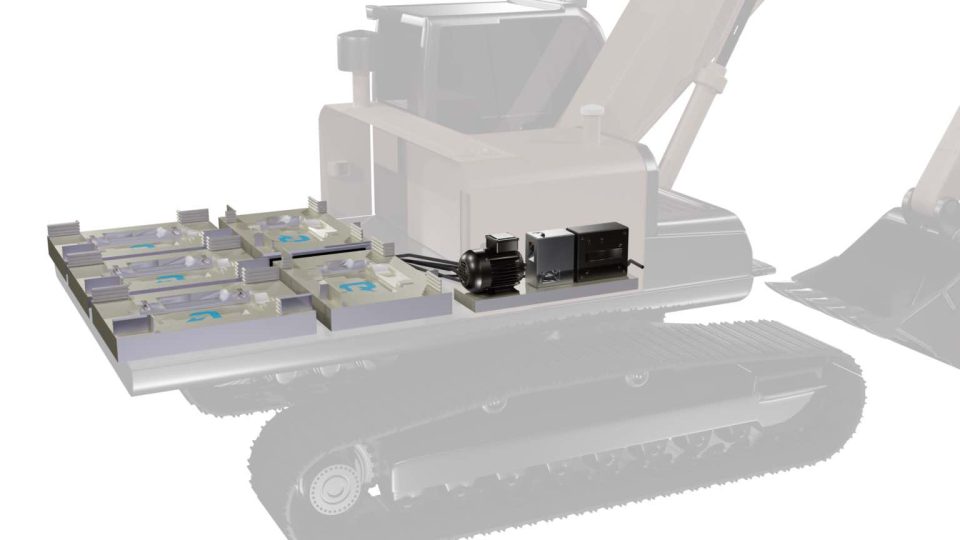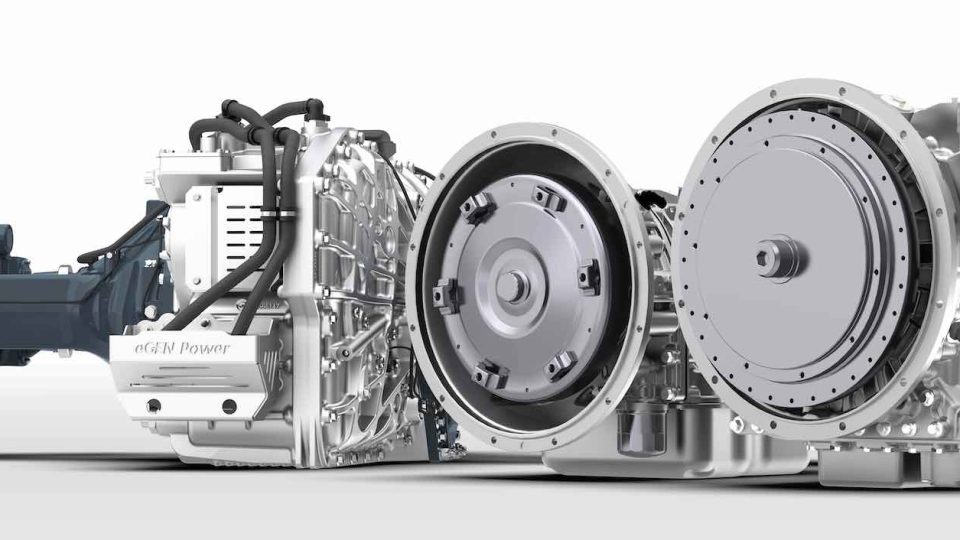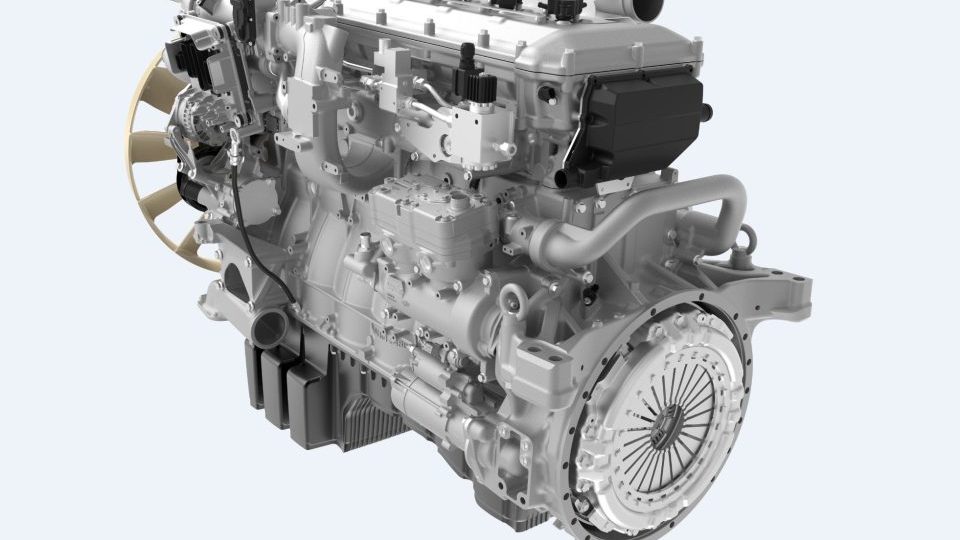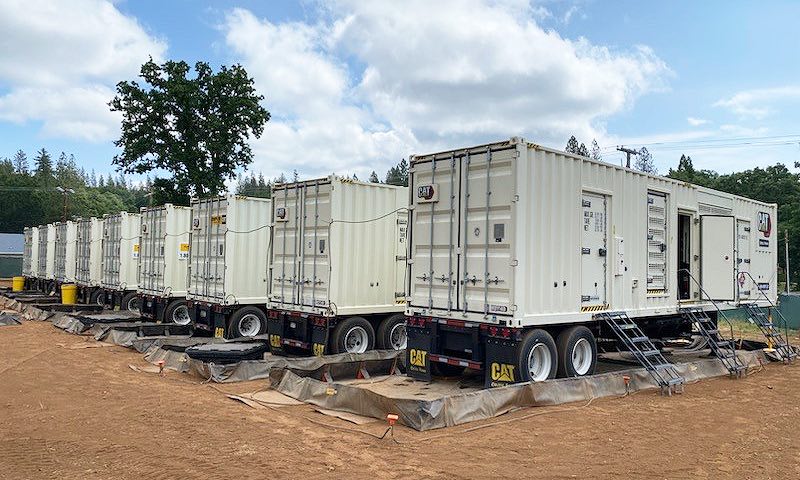Man Cryo is stepping towards cleaner shipping
Man Cryo recently presented its progresses towards approved cleaner shipping Man Cryo, the wholly owned subsidiary of Man Energy Solutions, has developed a marine fuel-gas system for liquefied hydrogen. In particular, this Liquid Hydrogen Marine Fuel Gas System came to life in the headquarters of the company, in Gothenburg. Man Cryo was not alone: the […]
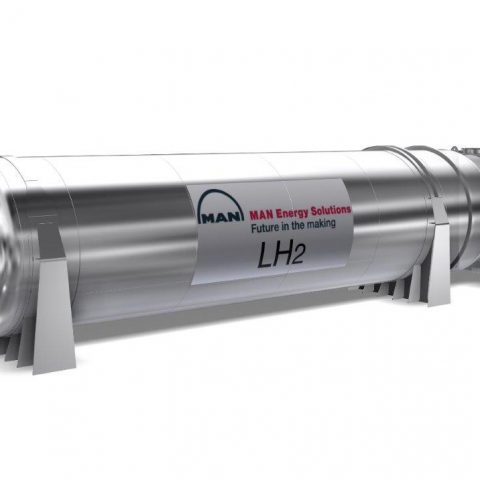
Man Cryo recently presented its progresses towards approved cleaner shipping
Man Cryo, the wholly owned subsidiary of Man Energy Solutions, has developed a marine fuel-gas system for liquefied hydrogen. In particular, this Liquid Hydrogen Marine Fuel Gas System came to life in the headquarters of the company, in Gothenburg. Man Cryo was not alone: the company cooperated with Fjord1 and Multi Maritime in Norway.
Multi Maritime’s hydrogen vessel design for Fjord1, including the fully integrated ‘Man Cryo Hydrogen Fuel Gas System’, has been granted preliminary approval in principle (“AIP”) by the Dnv-GL Classification society. The award is significant in that the system is the first marine-system design globally to secure such an approval.
Uwe Lauber, Ceo of Man Energy Solutions, said: «Winning this approval is a significant development for a number of reasons. As a solution for vessels employed on relatively short maritime routes, such as ferries. This technology is a world-first and showcases our company’s ability to deliver genuinely innovative solutions. Furthermore, Hydrogen is a clean fuel whose profile fits perfectly with the general desire to move towards cleaner technology».
Louise Andersson, Head of Man Cryo, said: «Our strategy is to actively work with our customers to design and promote cleaner ways of powering vessels. The competence and energy within Man Cryo conveys this strategy excellently».
MAN AND BEN GURION AIRPORT: CHP SOLUTION
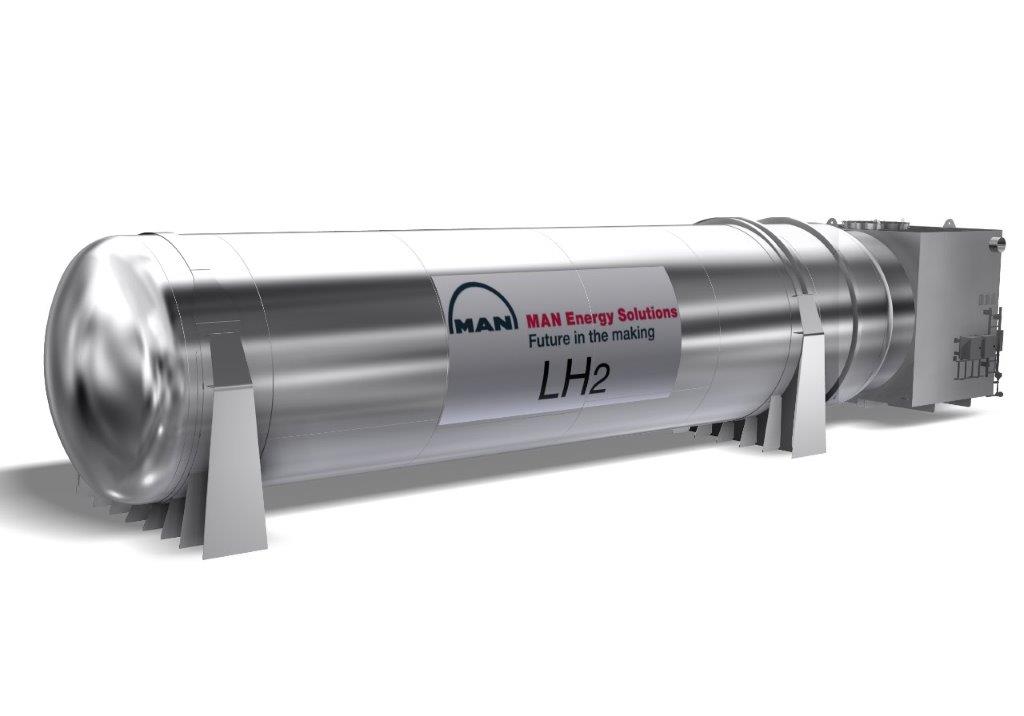
Fuel-gas system for liquefied hydrogen
The system has a scalable design that allows easy adaptation for different shipping types, sizes and conditions. The design works for both above- and below-deck applications.
One of the challenges was that liquefied hydrogen has a temperature of -253° Celsius. This, of course, places system components and materials under extreme stresses. Another design challenge was hydrogen’s nature, in poarticular its explosiveness. So, Man Cryo engineering team had to put some extra attention on safety.
Once liquefied, hydrogen is reduced to 1/800th of its volume, compared to that of its gas phase. This is due to facilitate a more-efficient distribution. As a fuel, hydrogen does not release any CO2 and can play an important role in the transition to a clean, lowcarbon, energy system. Liquefied hydrogen can charge batteries for electrical propulsion via fuel-cell technology.
Man Cryo states that it sees a bright future for hydrogen applications globally as part of its target of achieving zero fossil emissions within the marine sector by 2050.
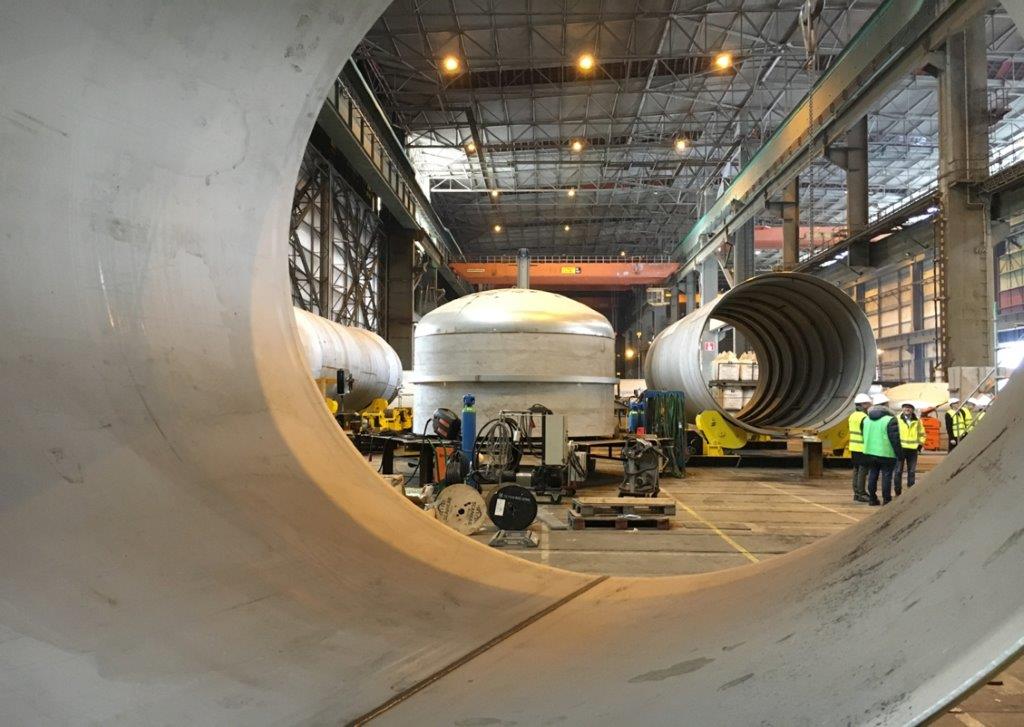
Man’s ‘maritime energy transition’
Shipping is facing great challenges with regard to more environmentally-friendly fuel sources, which is why Man has argued in favour of a ‘Maritime Energy Transition’ for some time as the most promising way to achieve a climate-neutral shipping industry.
The term ‘Maritime Energy Transition’ stems from the German expression ‘Energiewende’ and it represents Man’s ‘call to action’ to reduce emissions and establish natural gas as the fuel of choice in global shipping.



